
JUST AS NATURALIST Charles Darwin famously observed that the Galápagos archipelago's finch species differed from island to island (see page 98), the snails in an area of the Kimberley region in WA have evolved in response to distinct and isolated environments on islands and in remnant rainforest patches. The landscapes where they occur-in Wunambal Gaambera Country in the Kimberley's north-west-are arguably more dramatic and remote than the Galápagos's finch habitat. They're in a rugged, rock-strewn region 500km north-east of Broome, accessible only by four-wheel-drive. In the Dry, intrepid travellers along the Gibb River Road here make a side-trip to see the spectacular Punamii-Uunpuu (Mitchell Falls). Offshore, boat owners and luxury yachts are familiar with only a few of the hundreds of islands, resembling small jewels in an azure sea, that form the area's Bonaparte Archipelago.
The region is already renowned for its high diversity of mammal species, including the world's tiniest marsupial the monjon. Yet, for every different mammal here, there are dozens of snail species, and although smaller and perhaps less charismatic, they're just as scientifically important. Many of the snail species survive in very restricted habitats. Some are unique to their own small rainforest patch or, in the case of offshore locations, found only in a single spot on a particular island.
It's the remarkable land snail diversity that has prompted this part of the Kimberley region to be placed on the National Heritage List. Most of the rare snails are members of the Camaenidae family - known for its remarkable diversity related to lifestyle. Embedded in their varied shell shapes, DNA, and even genitalia, is a story of adaptation - of evolution by natural selection.
This story is from the Australian Geographic #173 edition of Australian Geographic Magazine.
Start your 7-day Magzter GOLD free trial to access thousands of curated premium stories, and 9,000+ magazines and newspapers.
Already a subscriber ? Sign In
This story is from the Australian Geographic #173 edition of Australian Geographic Magazine.
Start your 7-day Magzter GOLD free trial to access thousands of curated premium stories, and 9,000+ magazines and newspapers.
Already a subscriber? Sign In

SULAWESI SENSATIONS
There are worlds within worlds and marvels untold waiting to be experienced on Indonesia's remote islands.
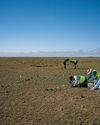
SEARCHING FOR AUSSIE DINOSAURS
Our understanding of where to find ancient life in Australia has been turned on its head by a new appreciation of the country's geology. Now the world is looking to our vast outback as the latest hotspot to locate fossils.
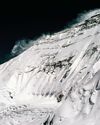
THE HARDEST NIGHT
The first Australian ascent of Mt Everest in 1984 is one of the great feats of mountaineering. Climbed by a small team semi-alpine style, with no bottled oxygen, via the Great (Norton) Couloir, it remains unrepeated 40 years later.
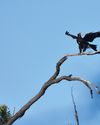
WEDGE-TAILED WONDER
The chance discovery of an eagle nest leads to an extended vigil observing normally hidden behaviours of one of nature's supreme winged marvels.
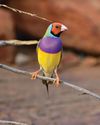
BURDENED BY BEAUTY
Northern Australia's Gouldian finch survives in huge numbers in cages around the world, but its wild population continues to struggle.
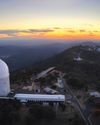
A TELESCOPE FOR A GOLDEN AGE
After a stellar 50 years as one of the country's major scientific assets, the AAT continues to play a major role in keeping Australian astronomy on the world stage.
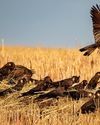
COCKY WHISPERING AT COOMALLO CREEK
This patch of remnant bush on the edge of the West Australian wheatbelt is a place loved by one of Australia's rarest bird species and the man who has studied the site for more than 50 years.

A PIONEERING PAIR
Louisa Atkinson and her mother, Charlotte, were among Australia's earliest authors, and pioneers in women's rights.

THE LONGEST WALK
Lucy Barnard is walking from Argentina to Alaska -the length of the Americas - on an extraordinary journey of endurance and adventure.
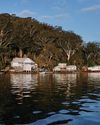
SECLUDED, BUT NOT ALONE
In an era of heightened social isolation, where many of us lead lonely lives, Dangar Island offers the chance to be part of a supportive, connected community.